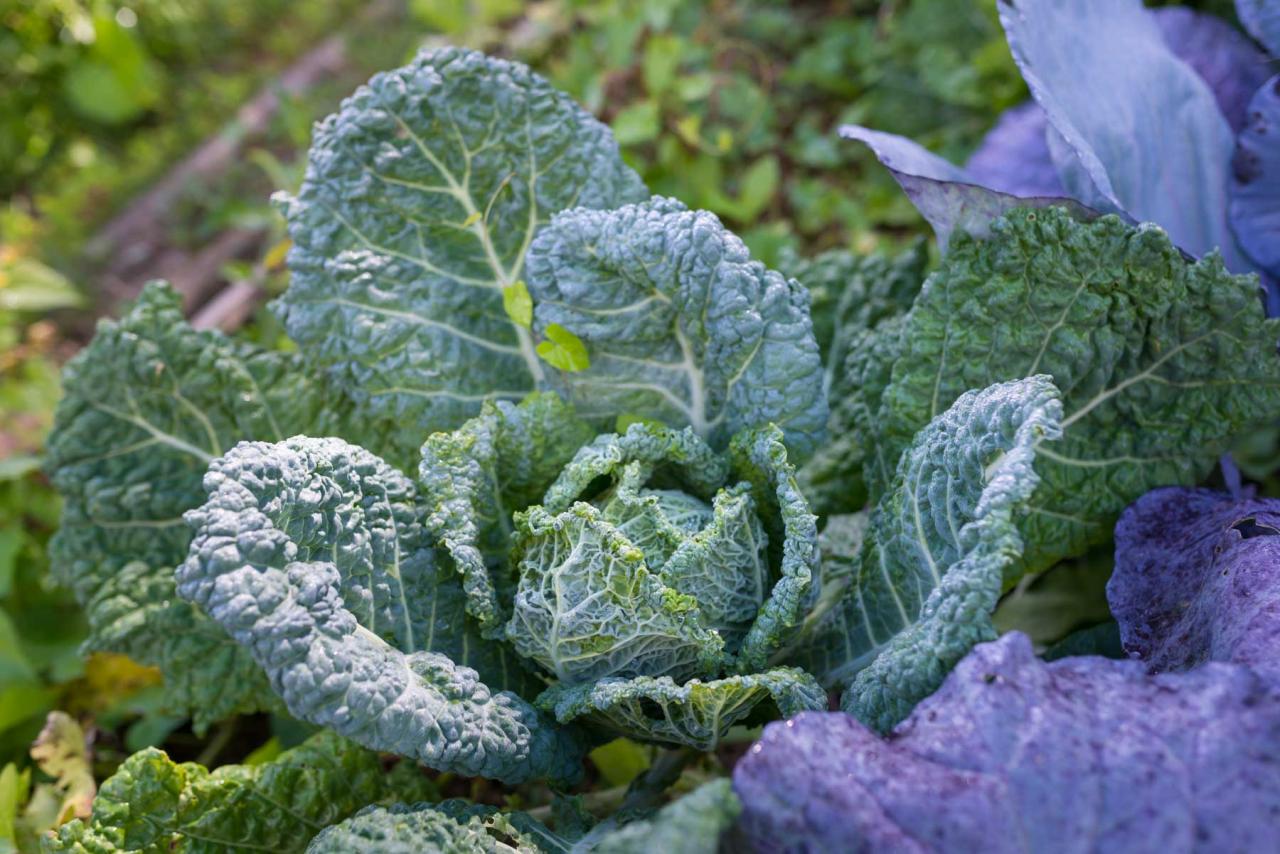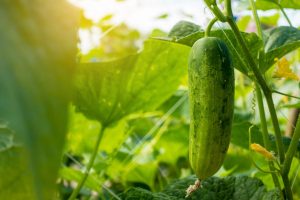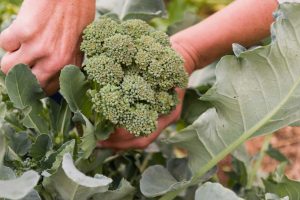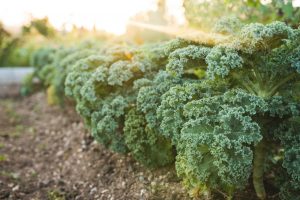

Savoy cabbage has pretty crinkled leaves and is among the most frost-tolerant cabbage varieties, making it a great choice for fall gardens. Cabbage is a cool-season vegetable suited to both spring and fall. It belongs to the cole crop family (Brassica oleracea), which includes broccoli, Brussels sprouts, cauliflower, collards, kale, and kohlrabi. The trick to growing cabbage is steady, uninterrupted growth. That means rich soil, plenty of water, and good fertilization.
Soil, Planting, and Care
Set out new spring plants early enough so that they can mature before the heat of summer, about 4 weeks before the last frost. Plant 2 or 3 varieties with different maturities for a longer harvest. You can also plant through black plastic to help warm the soil in spring. New plants just out of a greenhouse need to be protected from freezing weather. Plant fall cabbage 6 to 8 weeks before the first frost. Growing plants that have been exposed to cool weather become “hardened” and are tolerant of frost. Cabbage that matures in cool weather is deliciously sweet. Like most vegetables, cabbage needs at least 6 hours of full sun each day; more is better. It also needs fertile, well-drained, moist soil with plenty of rich organic matter. The soil pH should be between 6.5 and 6.8 for optimum growth and to discourage clubroot disease.
To be sure about your soil pH, get the soil tested. You can buy a kit or have a soil test done through your regional Cooperative Extension office. Apply fertilizer and lime if needed, using the results of the soil test as a guide.
In the absence of a soil test, add nitrogen-rich amendments such as blood meal, cottonseed meal, or composted manure to the soil or work a timed-release vegetable food such as Bonnie Vegetable, Herb & Flower Plant Food. Or you may instead choose to feed regularly with . The plants love the liquid feeding.
Cabbage is easy to transplant. Set plants so that 1-2″ of the main stem is buried. Space according to directions on the Bonnie label. Generally, this is 12 to 24 inches apart in a row, depending upon the variety and the size of head it makes. For maximum size, be generous with the spacing. The Bonnie Mega-Cabbage, for example, needs all the room you can give it!
Cabbage demands even moisture to produce good heads. Mulch with compost, finely ground leaves, or finely ground bark to keep the soil cool and moist and to keep down weeds. Water regularly, applying 1 to 1.5 inches of water per week if it doesn’t rain. You can measure the amount of water with a rain gauge left in the garden.
Fertilize plants again with a liquid fertilizer such as fish emulsion or 20-20-20 after they begin to develop new leaves and when they start forming heads.
Troubleshooting
The best way to avoid problems is to keep your cabbage healthy and keep your garden clean. The main insect pests include cabbage loopers, slugs, imported cabbageworms, cabbage root maggots, aphids, and flea beetles. Disease problems include black leg, black rot, clubroot, and yellows. To prevent diseases from building up in the soil, avoid planting cabbage or other cole crops in the same spot each year. Rotate with a non-cole crop for 2 years before returning to the same spot.
Harvest and Storage
Cabbage is ready to harvest when the head forms, right? No, sometimes they look ready, but they aren’t. You can test the head’s solidity by squeezing it. A head that looks solid and ready may still be flimsy and loose leafed on the inside. When it feels firm, cut the head from the base of the plant. Some varieties hold well in the garden for weeks, while others need to be cut soon after the heads are firm. Our descriptions of Bonnie cabbage varieties indicate which ones hold best. If a head cracks, cut it right away. If you want to experiment, you can leave the harvested plant in the garden. If the weather is still cooperative, they develop loose little heads below the cut that are fun to serve as mini cabbages. Heads keep for several weeks in the fridge.



